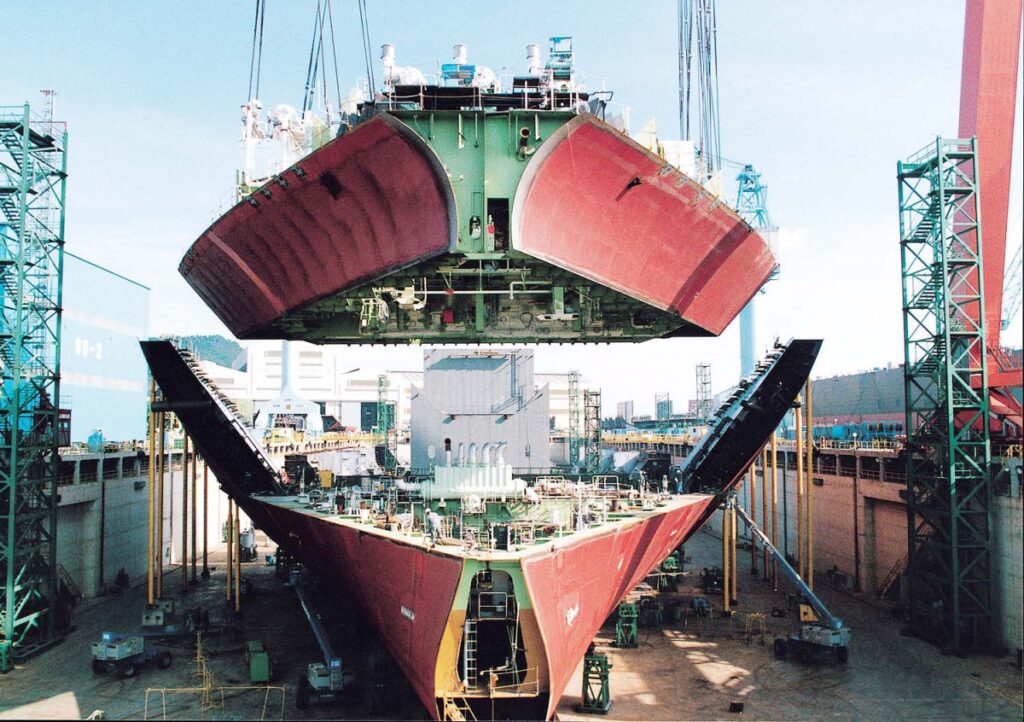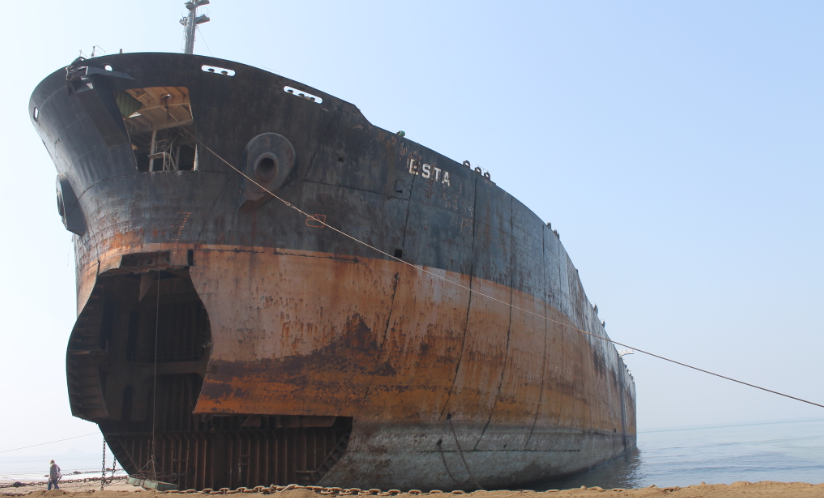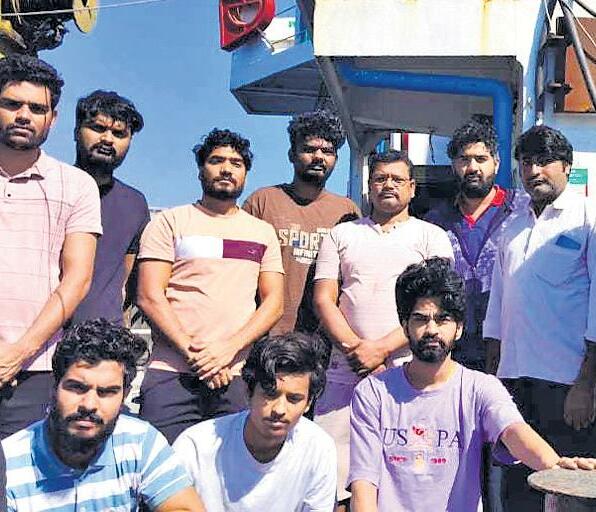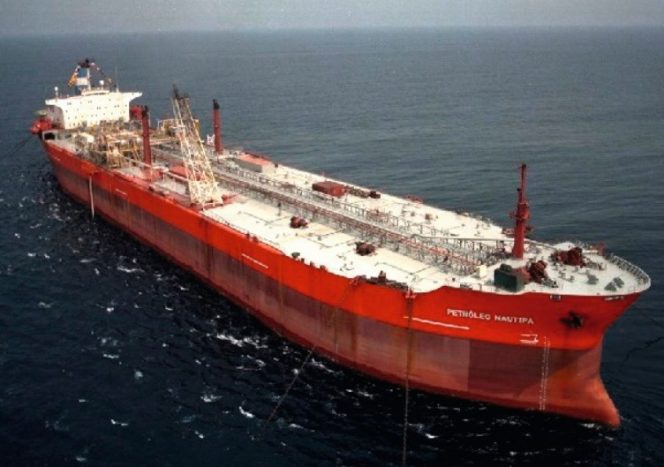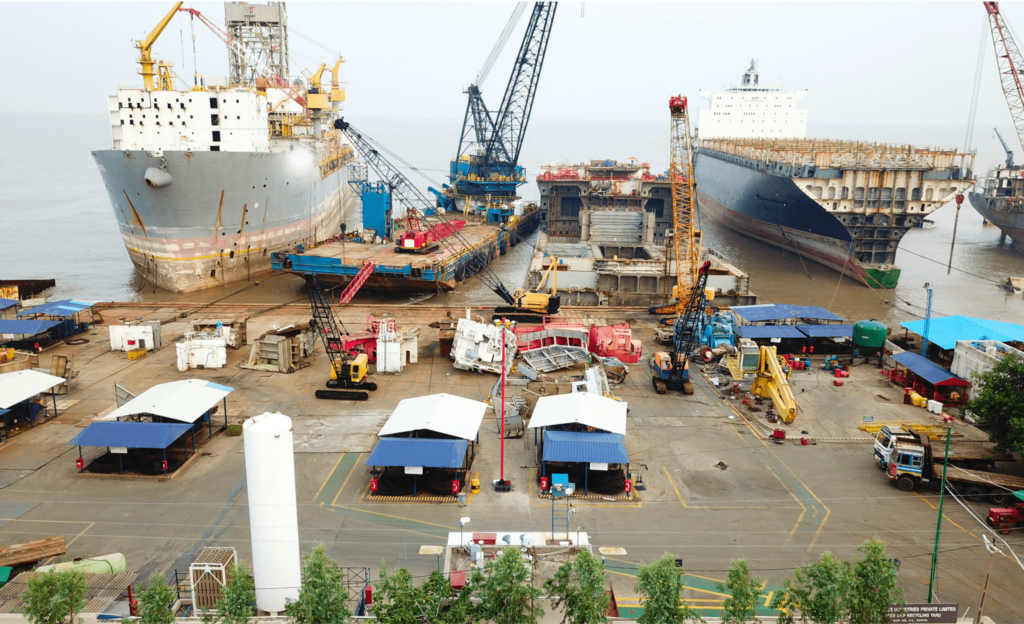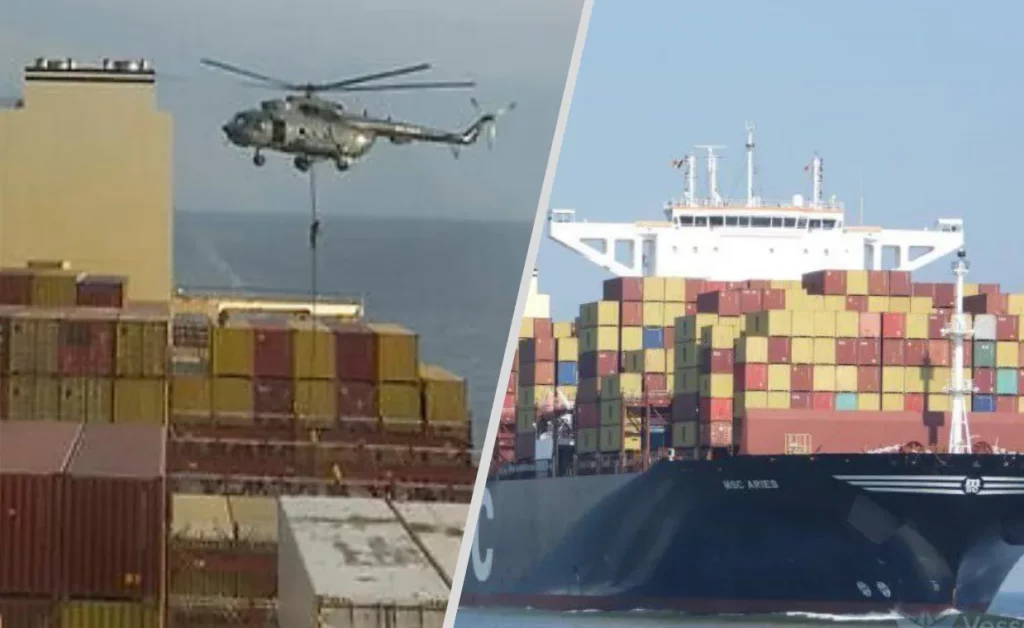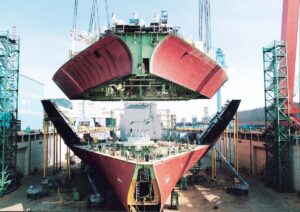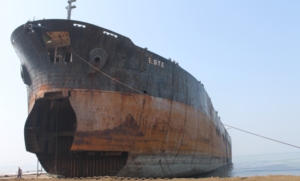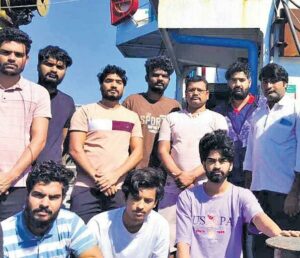Adani Ports and Special Economic Port Ltd (APSEZ) has begun work on expanding the container handling capacity of Mundra port – India’s biggest commercial and container port – with an investment of some Rs1,239 crore as the port company controlled by billionaire Gautam Adani plays ‘catch-up’ with State-run Jawaharlal Nehru Port Authority (JNPA) located near Mumbai, which it overtook to become the country’s top container port three years ago.
Mundra, the flagship port of APSEZ, India’s biggest private port operator, runs four container terminals with a combined capacity of 7.5 million twenty-foot equivalent units (TEUs).
In FY22, Mundra handled 6.5 million TEUs, 15 percent more than the 5.66 million TEUs handled in FY21. The higher container volumes helped Mundra clock an overall 4 percent growth in volumes to 150.24 million tonnes (mt) in FY22 from 144.38 mt the previous year.
At an annual average growth rate in double digits, Mundra port will soon reach its full container handling capacity and needs expansion to cater to the demand.
Globally, a capacity utilisation of 70 percent is considered the ideal level for ports/terminals to operate efficiently without facing congestion and productivity issues. “At 70 percent capacity utilisation, the terminal works at full efficiency. Above that, the efficiency drops, and delays start occurring,” said a port industry source.
Mundra port’s container terminals are currently operating at 87 percent capacity utilisation but has managed to ward off bottlenecks that could hurt its smooth operations.
APSEZ has unveiled its container terminal expansion plans at Mundra port in a recent investor presentation.
“The work on container terminal 5 or CT5 has started which will add as much as 1.2 million TEUs at Mundra port,” said a person familiar with the plan. APSEZ is expected to run the terminal on its own, he added.
Containers are the fastest growing cargo segment at Mundra port. Of the 150.24 mt of cargo handled by Mundra port in FY22, containers accounted for 6.5 million TEUs or 95 mt while dry cargo and liquid cargo accounted for 29 mt and 26.3 mt, respectively.
APSEZ is adding capacity at Mundra port when it has some 8 years left of the 30-year concession given by the Gujarat government to develop and run the port. The firm is banking on securing extension of the concession from the State government while investing in a new container terminal at the port.
The container terminal 1 or CT1 having a capacity to handle 1.3 million TEUs is run by Mundra International Container Terminal Pvt Ltd (a unit of Dubai’s D P World Ltd).
The container terminal 2 or CT2 – Adani Mundra Container Terminal – with a capacity to handle 1.8 million TEUs is run by APSEZ itself. This terminal was originally designed to handle 1.3 million TEUs, but as demand grew, APSEZ converted an adjacent dry and break bulk cargo handling terminal into a container handling facility some four years ago, adding 0.5 million TEUs of capacity.
An equal joint venture between APSEZ and Terminal Investment Ltd, a unit of Mediterranean Shipping Co S A, the world’s top container carrier by capacity, runs the container terminal 3 (CT3) – Adani International Container Terminal Pvt Ltd – with a capacity to handle 3.1 million TEUs.
The 1.3 million TEU capacity container terminal 4 (CT4) – Adani CM#aA Mundra Terminal Pvt Ltd – is operated by an equal joint venture between APSEZ and CMA Terminals Holding, a unit of CMA CGM S A, the world’s third largest container carrier.
In comparison, JNPA has five container handling facilities with a capacity to handle 7.6 million TEUs. In FY22, these five terminals handled a combined 5.685 million TEUs from 4.677 million TEUs in the previous year.
The Nhava Sheva International Container Terminal Pvt Ltd (NSICT) and the Nhava Sheva (India) Gateway Terminal Pvt Ltd (NSIGT), the two terminals run by Dubai-government owned D P World, have a capacity to handle 1.2 million TEUs and 0.8 million TEUs, respectively.
Gateway Terminals India Pvt Ltd (GTI), 74 per cent owned by A P M Terminals Management B V, the container port operating unit of Danish shipping and transport giant A P Moller-Maersk A/S, has a capacity to handle 1.8 million TEUs.
Singapore’s PSA International Pte Ltd-run Bharat Mumbai Container Terminals Pvt Ltd (BMCT), has a capacity to load 2.4 million TEUs, while the facility self-run by JNPA is designed to handle 1.4 million TEUs. The Jawaharlal Nehru Port Container Terminal (JNPCT) run by the port authority was recently awarded to a consortium comprising J M Baxi Ports & Logistics Ltd and CMA Terminals Holding (a subsidiary of CMA CGM S A) under a privatisation programme of the government.
Mundra port will raise its container handling capacity to 8.7 million TEUs after the expansion, which will still be below the capacity of JNPA. This is because PSA International has started work on the second phase of BMCT that will add a further 2.4 million TEUs by 2025, taking the total container handling capacity at JNPA to 10 million TEUs.


